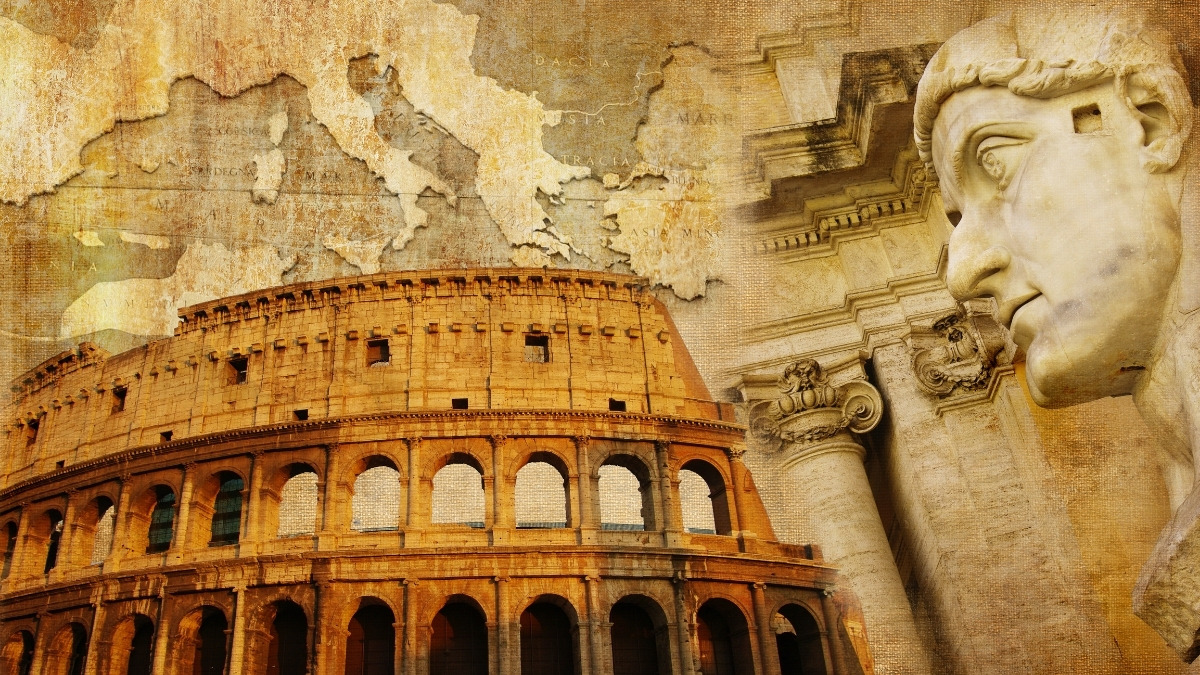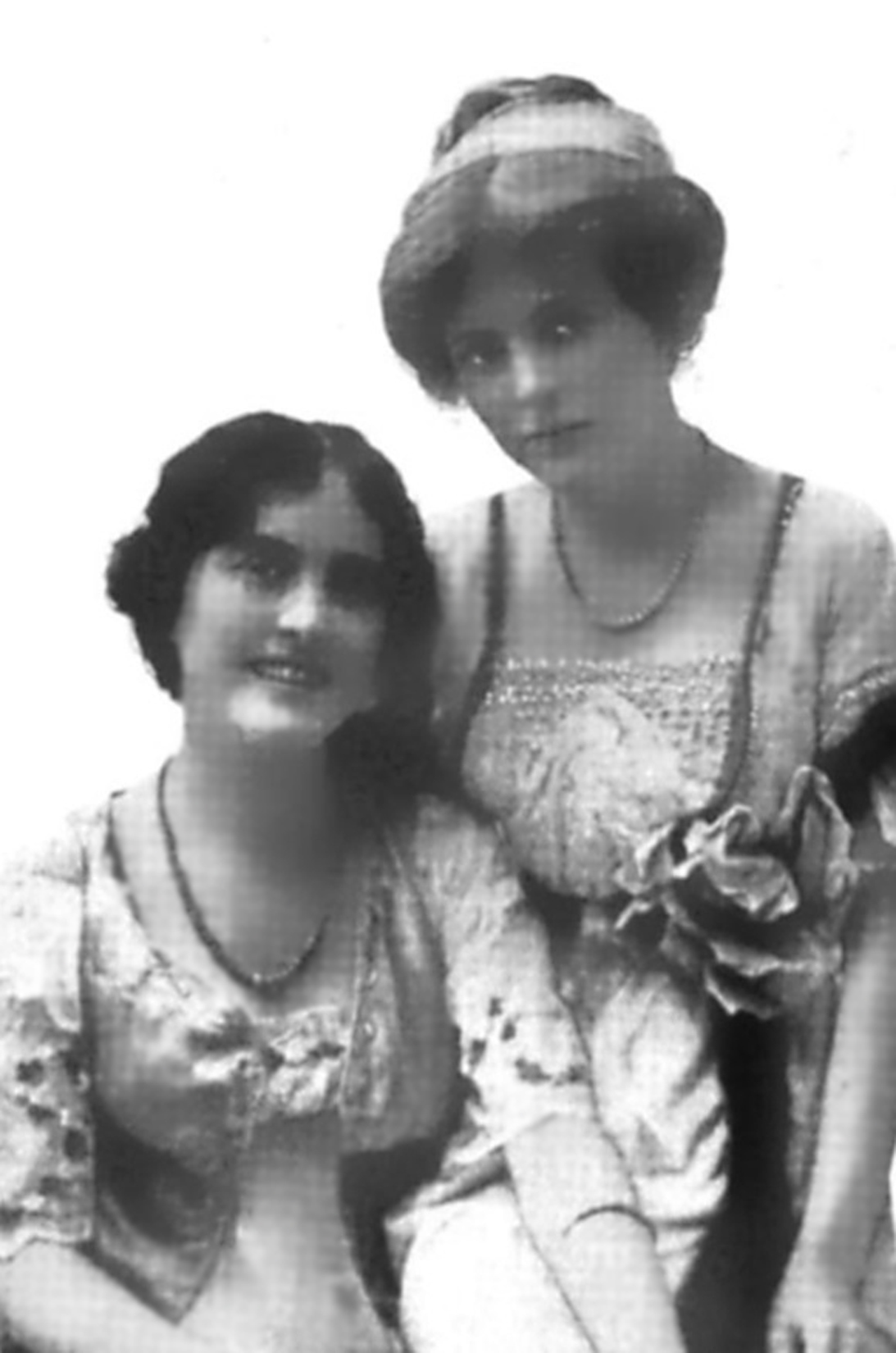Christianity and Other Profound Changes
During the late third and early fourth centuries AD, the feudal structure of the Middle Ages was already taking form in the Roman Empire. The vast internal trade network of the Empire had broken down during the Crisis of the Third Century. Widespread civil unrest meant that it was no longer safe for merchants to travel as they once had and the financial crisis that struck made exchange very difficult with the debased currency. This produced profound changes that foreshadowed the decentralized economic character of the coming centuries.
Large landowners, no longer able to successfully export their crops over long distances, began producing food for subsistence and local barter. Rather than import manufactured goods from the Empire’s great urban areas, they began to manufacture many goods locally, often on their own estates. This was the beginning of the retrogression into self-sufficient, local economies that would later become commonplace. Meanwhile, the common, free people of the Roman cities began to move out into the countryside in search of food and better protection. Made desperate by economic necessity, many of these former city dwellers, as well as many small farmers, were forced to give up hard-earned basic civil rights in order to receive protection from large landholders. In doing so, they became a half-free class of Roman citizens known as coloni. They were tied to the land and in later Imperial law, their status was made hereditary. This provided an early model for serfdom, the origins of feudal society and of the medieval peasantry.
The decline in commerce between the Imperial provinces put them on a path toward increased self-sufficiency. Large landowners who had become more self-sufficient, became less mindful of Rome’s central authority, particularly in the Western Empire. The measure of wealth at this time began to have less to do with wielding urban civil authority and more to do with controlling large agricultural estates in rural regions since this guaranteed access to the only economic resource of real value, namely agricultural land and the crops it produced. The common people of the Empire lost economic and political status to the land-holding nobility and the commercial middle classes waned along with their trade-derived livelihoods. The Crisis of the Third Century thus marked the beginning of a long, gradual process that would transform the ancient world of classical antiquity into the medieval one of the Early Middle Ages.
Although the burdens on the population increased, especially at the lower strata of the population, this cannot be generalized to the whole Empire. Although the structural integrity of the economy suffered, it did not collapse and there were regions that prospered during the era, such as Egypt and Hispania. Other areas experienced serious problems, especially the northwestern provinces.
Even the Roman cities began to change in character. The large cities of classical antiquity slowly gave way to the smaller, walled cities that became common in the Middle Ages. These changes took place slowly and over a long period. Despite extensive reforms by later Emperors, the Roman trade network was never able to fully recover to what it had been during the Pax Romana (27 BC – 180 AD). This economic decline was far more noticeable and important in the western part of the Empire, which also faced invasion by barbarian tribes; hence, the balance of power clearly shifted eastward during this period. This was evidenced by the choice of Diocletian to rule from Nicomedia in Asia Minor, putting his second in command, Maximian, in Milan. This would have a considerable impact on the later development of the Empire with a richer, more stable eastern Empire surviving the end of Roman rule in the west.
While Imperial revenues fell, their expenses rose sharply. More soldiers, greater proportions of cavalry and the ruinous expense of building walls to fortify cities all added to the toll. Goods and services previously paid for by the government were now demanded in addition to monetary taxes and the Empire suffered from a crippling labor shortage. The steady exodus of both rich and poor from the cities and now-unprofitable professions had forced Diocletian to make conscription universal and most trades were made hereditary. This meant that workers could not legally leave their jobs or travel elsewhere to seek better-paying ones.
Women in History Month
More changes with far-reaching consequences were to take place under Constantine I. Also known as Constantine the Great, he was Roman Emperor from 306 to 337. The son of Flavius Constantius, one of the four rulers of the Tetrarchy and Helena, a Christian later canonized as a saint, she is traditionally attributed with the conversion of her son. Constantine served with distinction under the Roman Emperors Diocletian and Galerius. He began his career by campaigning in the eastern provinces against the Persians before being recalled in the west in 305 to fight alongside his father in the province of Britannia. After his father’s death in 306, Constantine was acclaimed Emperor by his army. He eventually emerged victorious in the civil wars against Emperors Maxentius and Licinius.
In 324 AD, Constantine defeated Licinius in the Battle of Chrysopolis, securing sole control over the Roman Empire. Constantine, realizing the administrative challenges posed by the vastness of the Empire, initiated a series of reforms to strengthen the Empire. He restructured the government, separating civil and military authorities. To combat inflation, he introduced the solidus, a new gold coin that became the standard for Byzantine and European currencies for more than a thousand years. The Roman army was reorganized to consist of mobile units (comitatenses) and garrison troops (limitanei) which were capable of countering internal threats and barbarian invasions. Constantine pursued successful campaigns against the tribes on the Roman frontiers, such as the Franks, the Alemanni, the Goths and the Sarmatians. He resettled territories abandoned by his predecessors during the previous century with citizens of Roman culture. He founded the city of Constantinople in 330 AD, strategically positioned to serve as a new capital that bridged the eastern and western halves.
Constantine’s reign marked a pivotal moment for Christianity. The First Council of Nicaea in 325 AD, convened by Constantine, aimed to address theological disputes within the Christian community. The Nicene Creed, formulated during this council, became a foundational statement of Christian doctrine. The Church of the Holy Sepulchre was built on his orders at the purported site of Jesus’ tomb in Jerusalem and was deemed the holiest place in all of Christendom. The era of Constantine and his successors saw the gradual transformation of the Roman Empire into the Eastern Roman Empire, often called the Byzantine Empire, a distinct entity with its own cultural and religious character. The Christianization of the Empire, once persecuted under Diocletian, now became a central aspect of Roman identity. The legacy of this era is woven into the fabric of Western civilization, influencing not only the political and religious landscape of the time, but also laying the groundwork for the Eastern Roman Empire and the medieval Christian world that followed.





